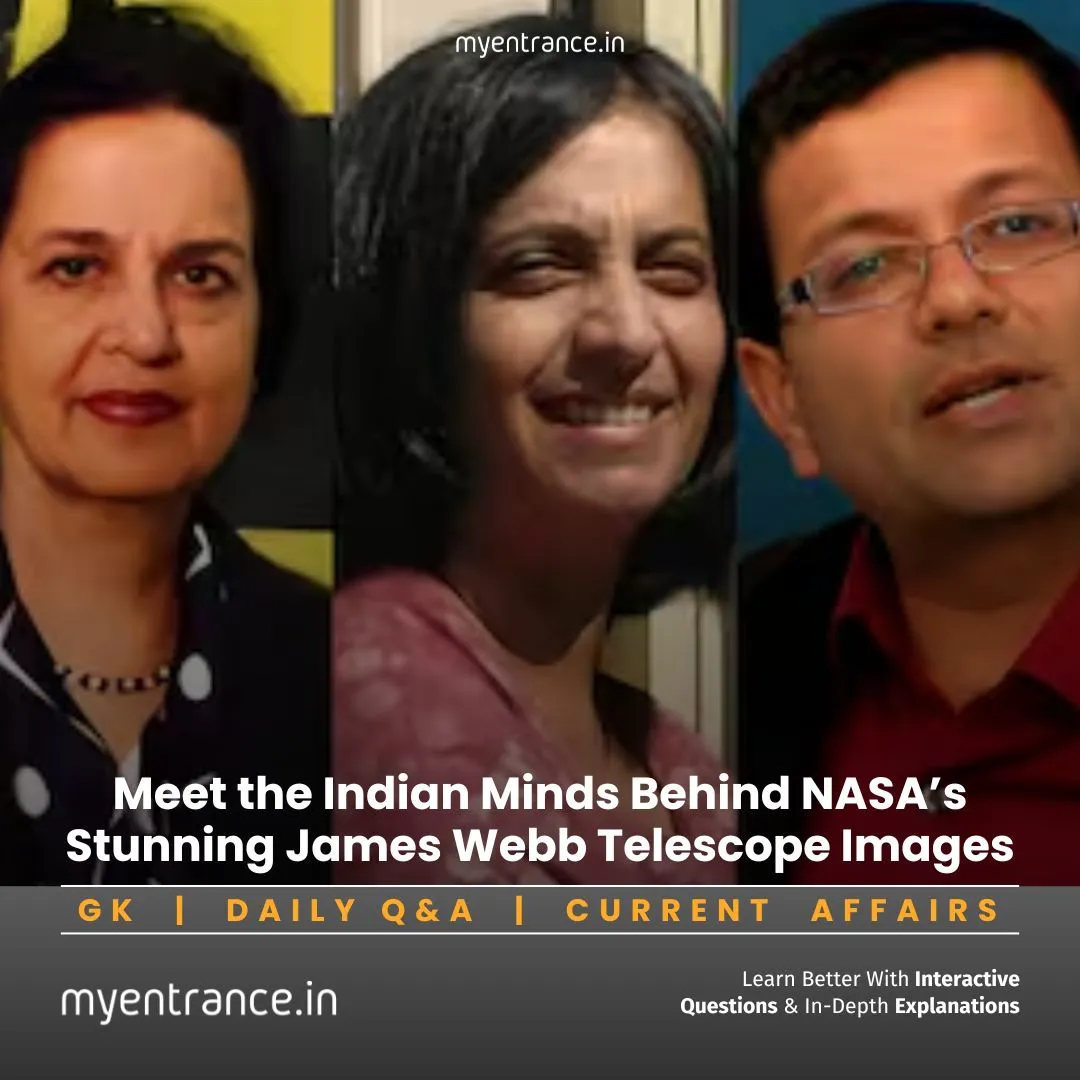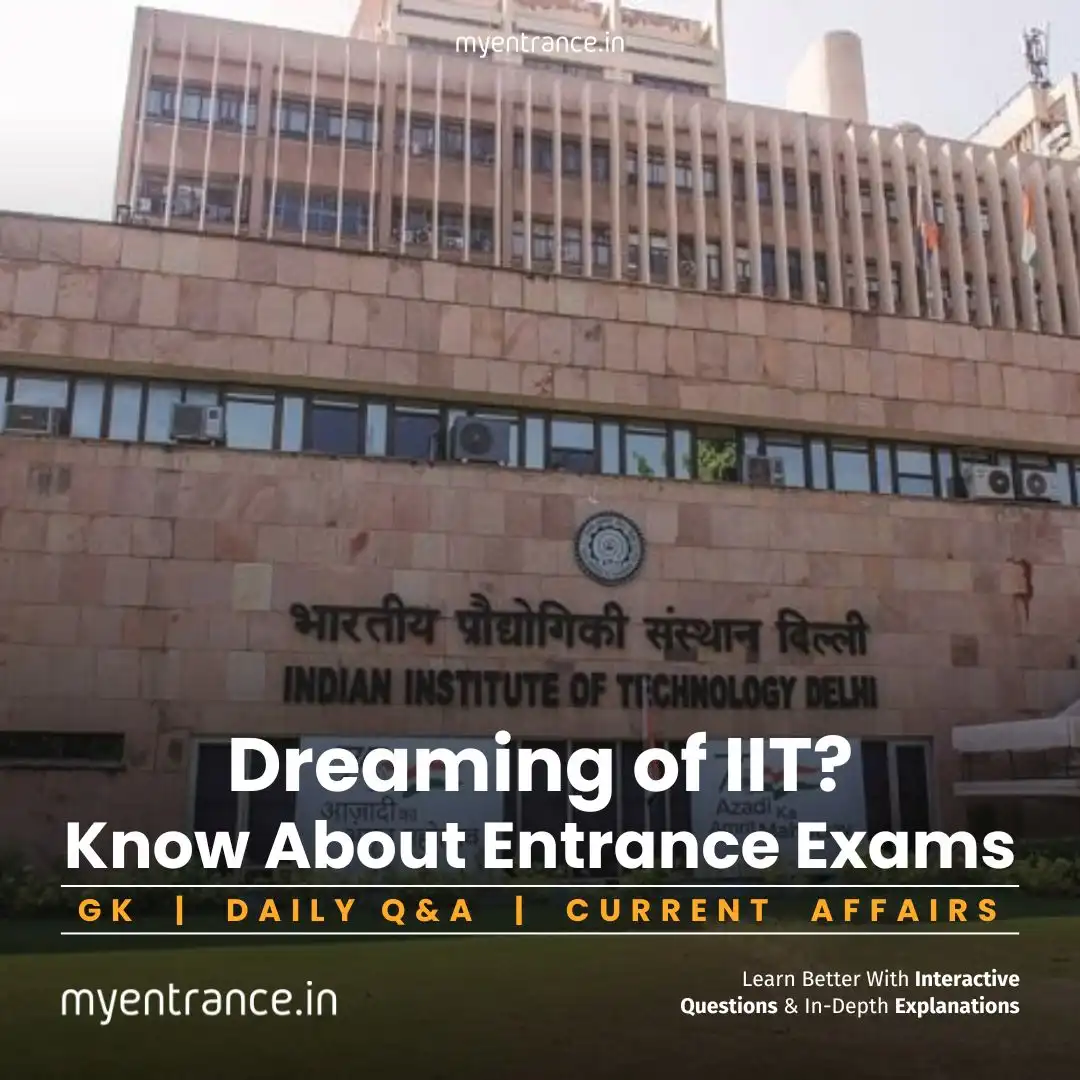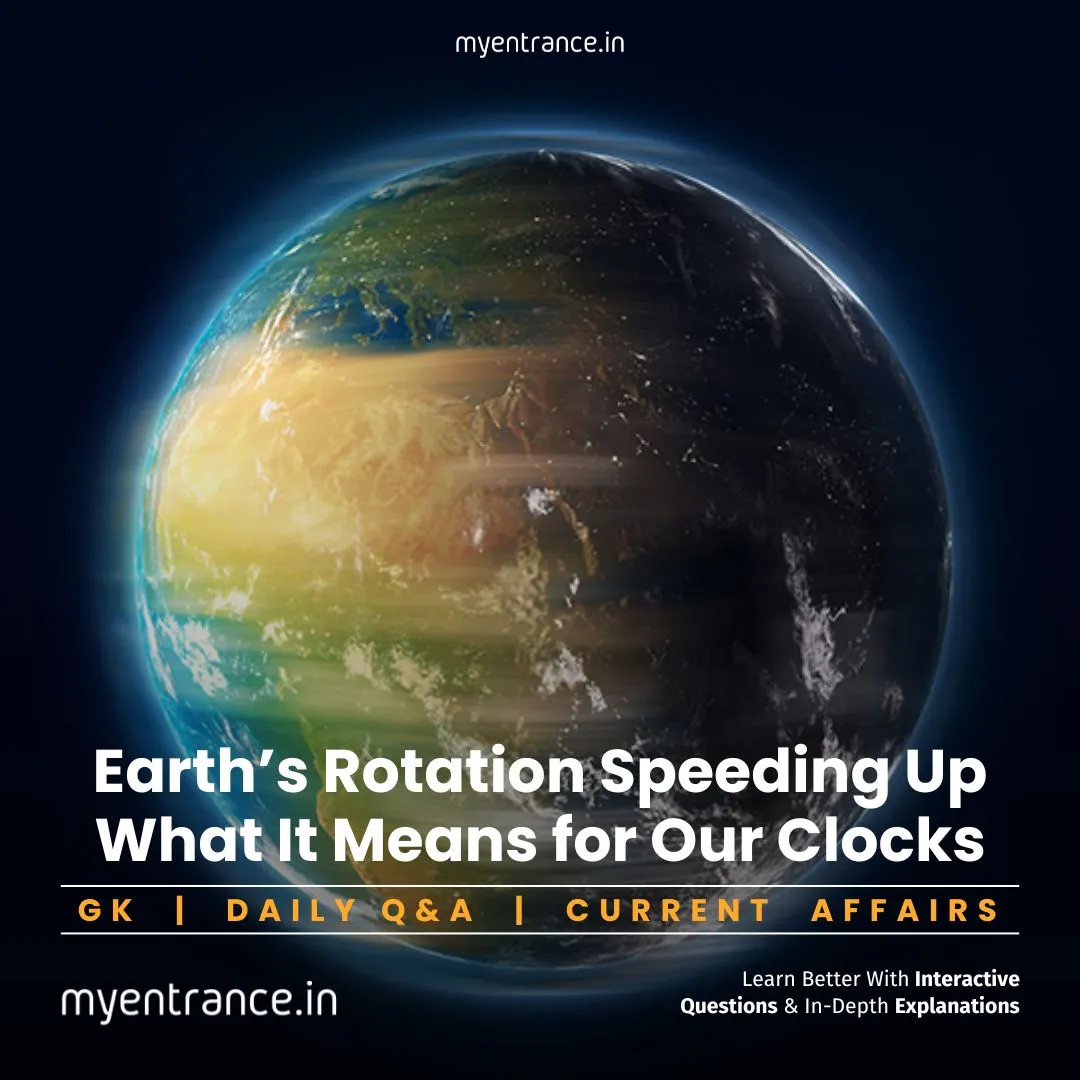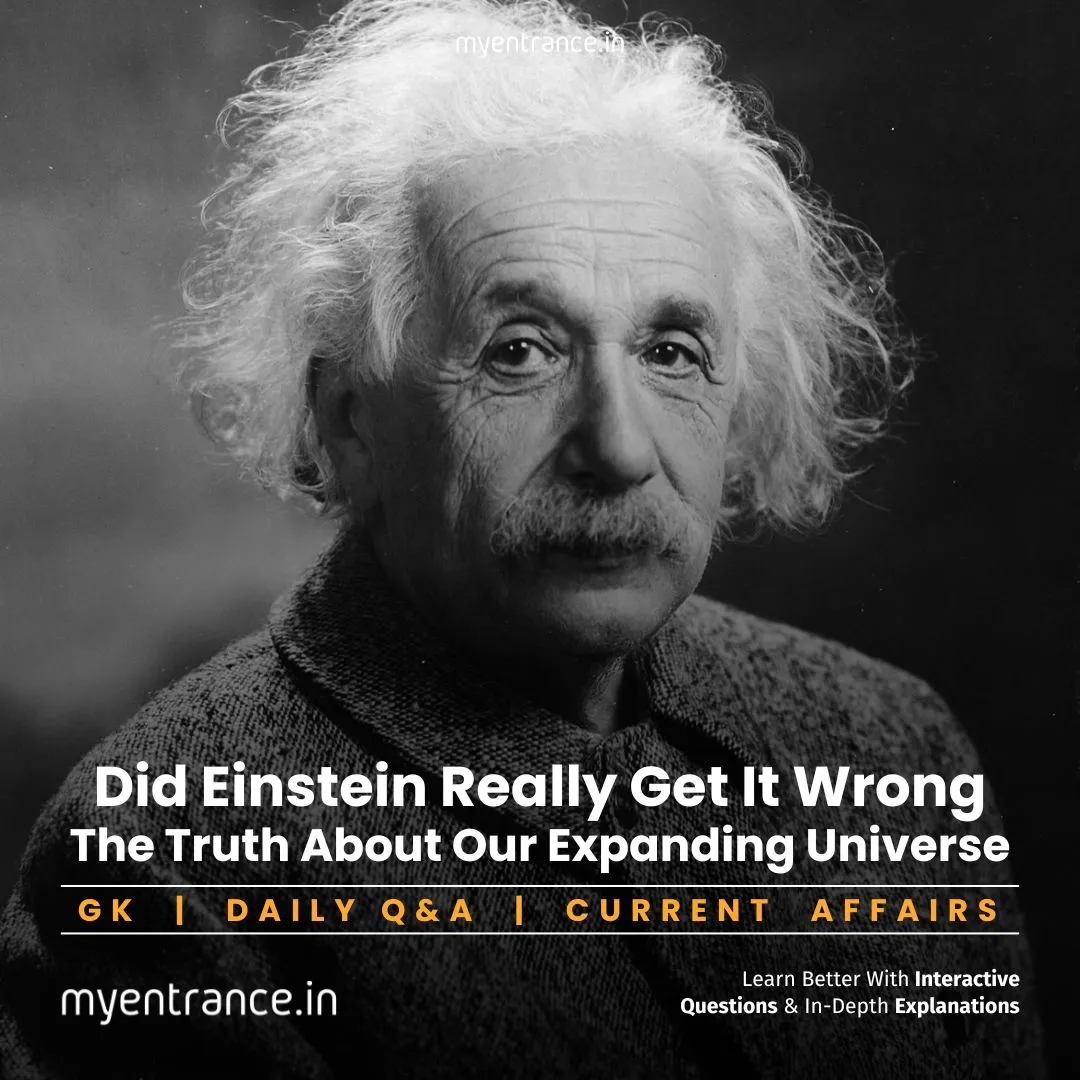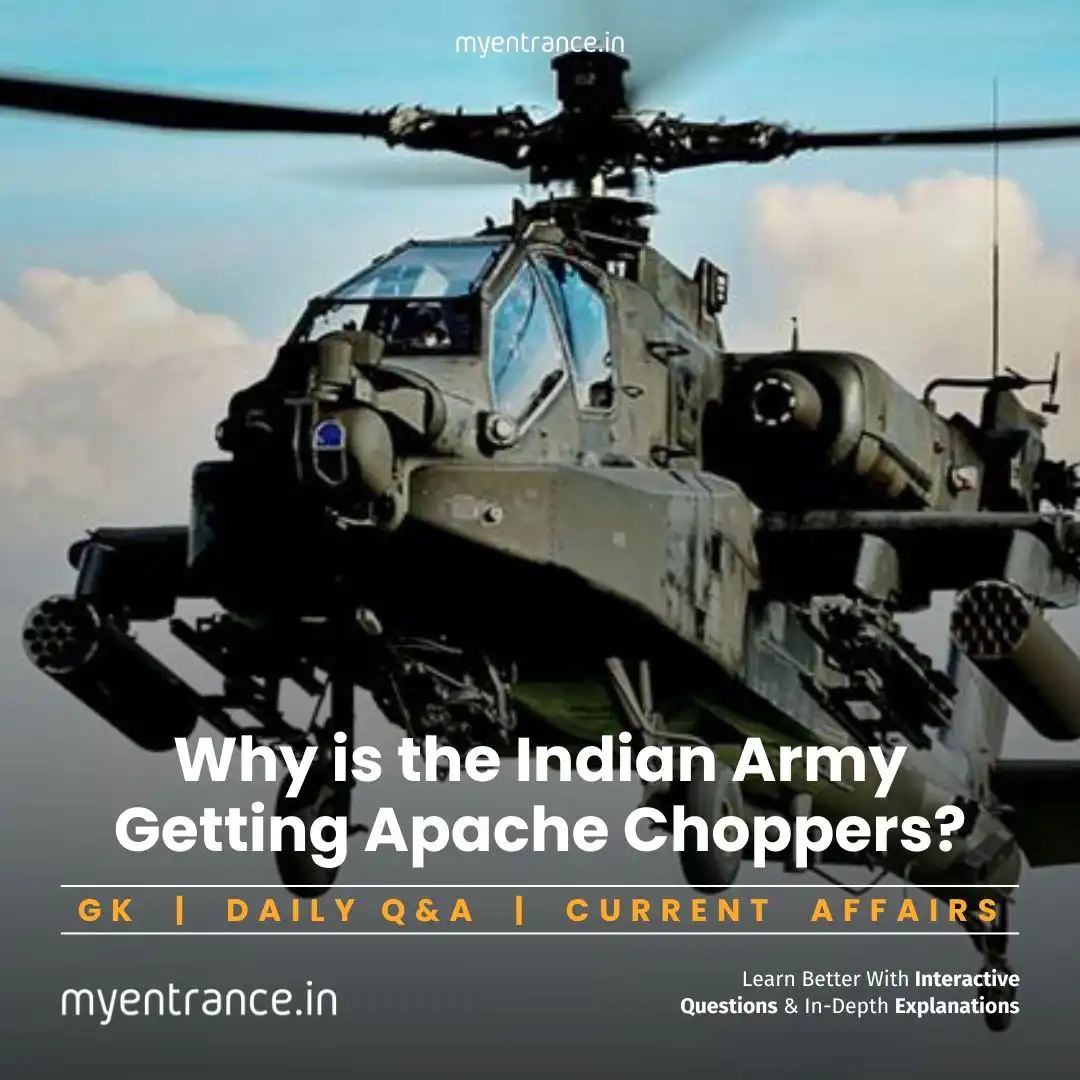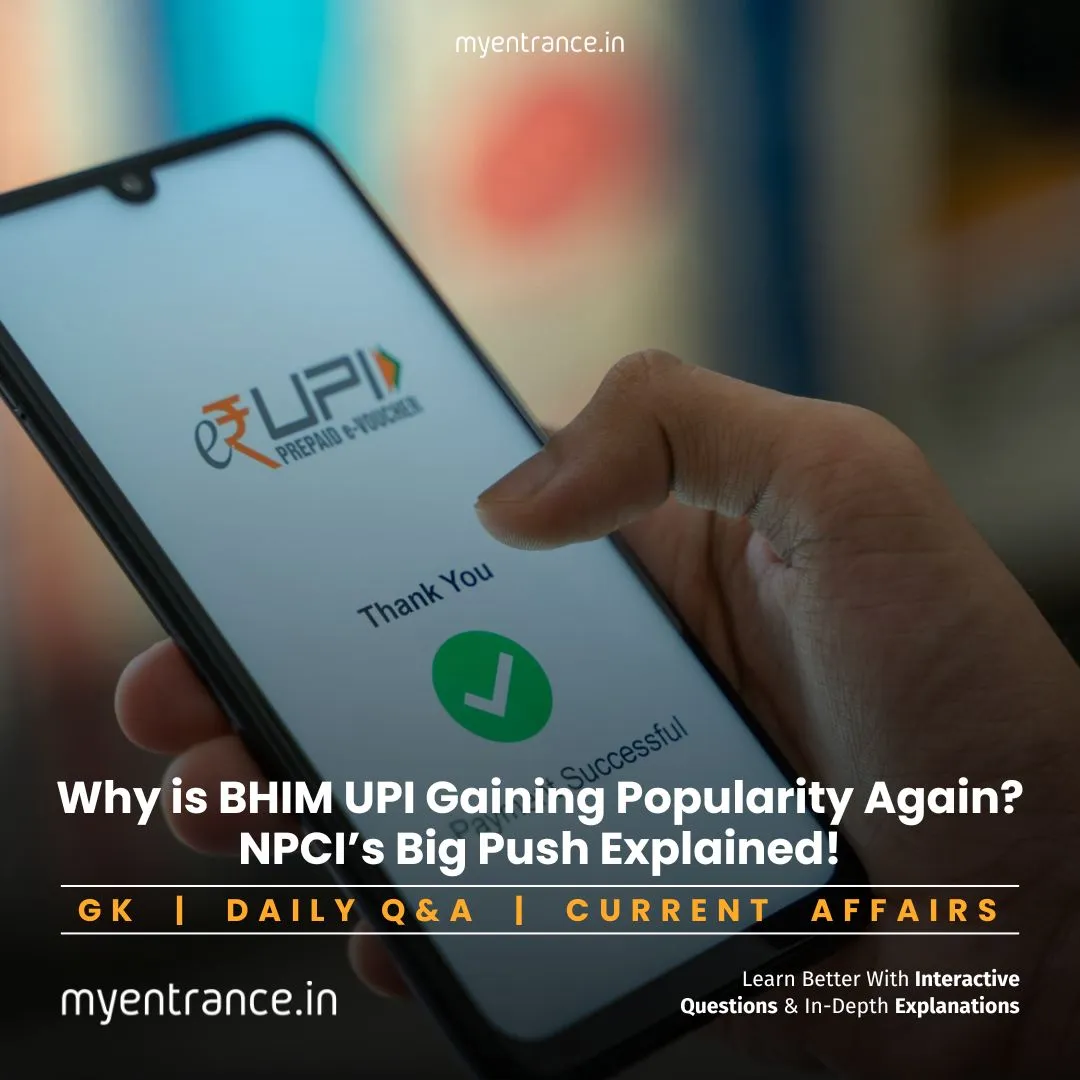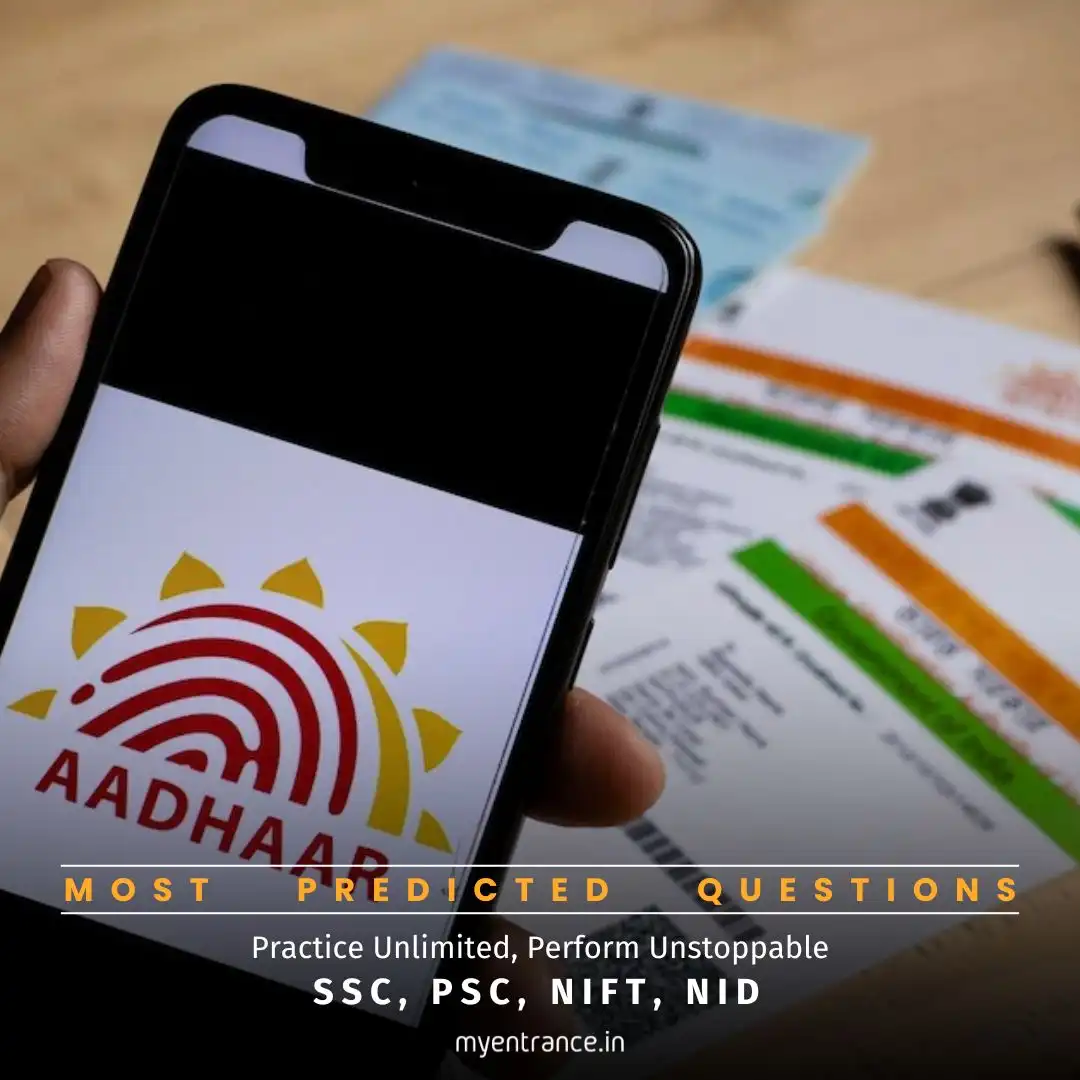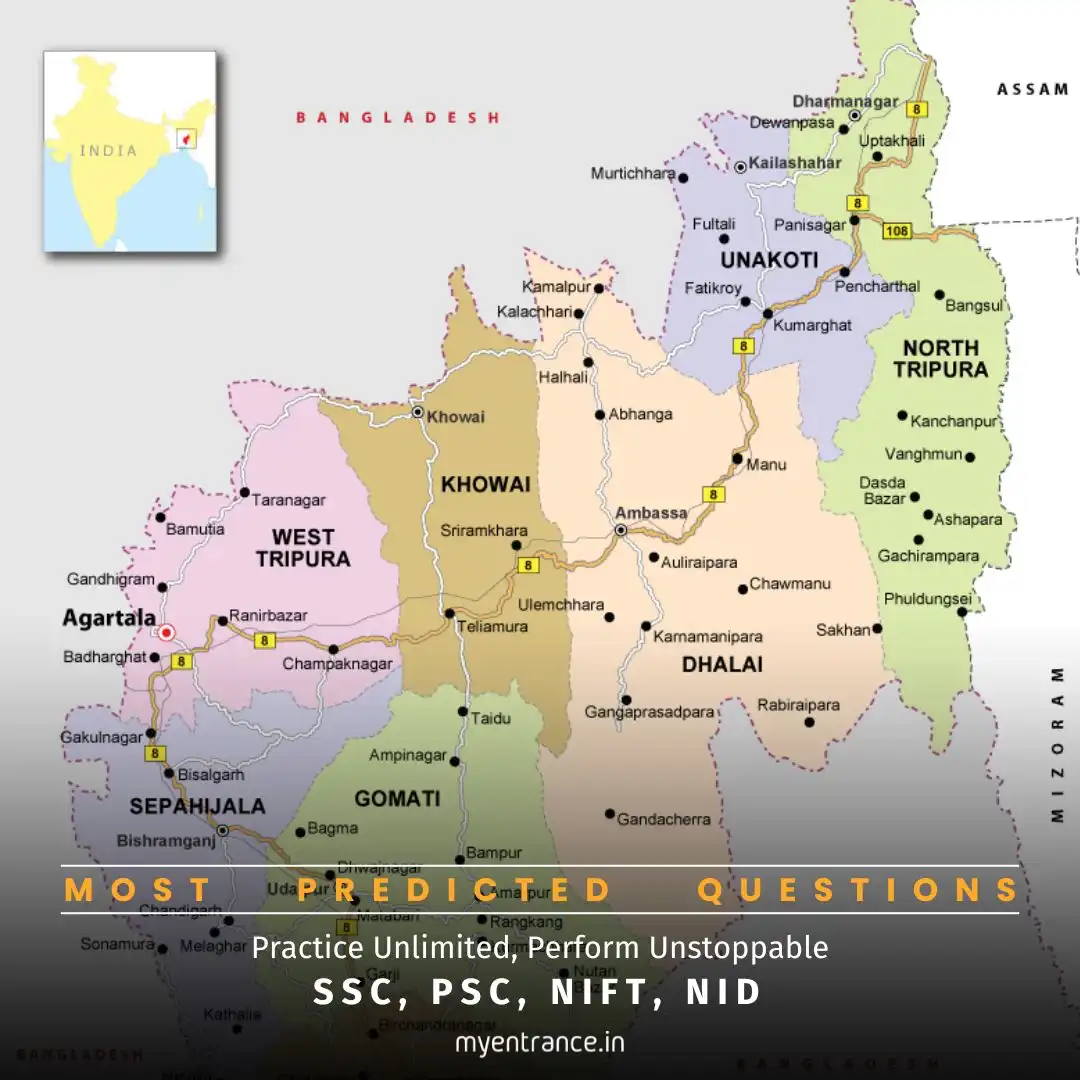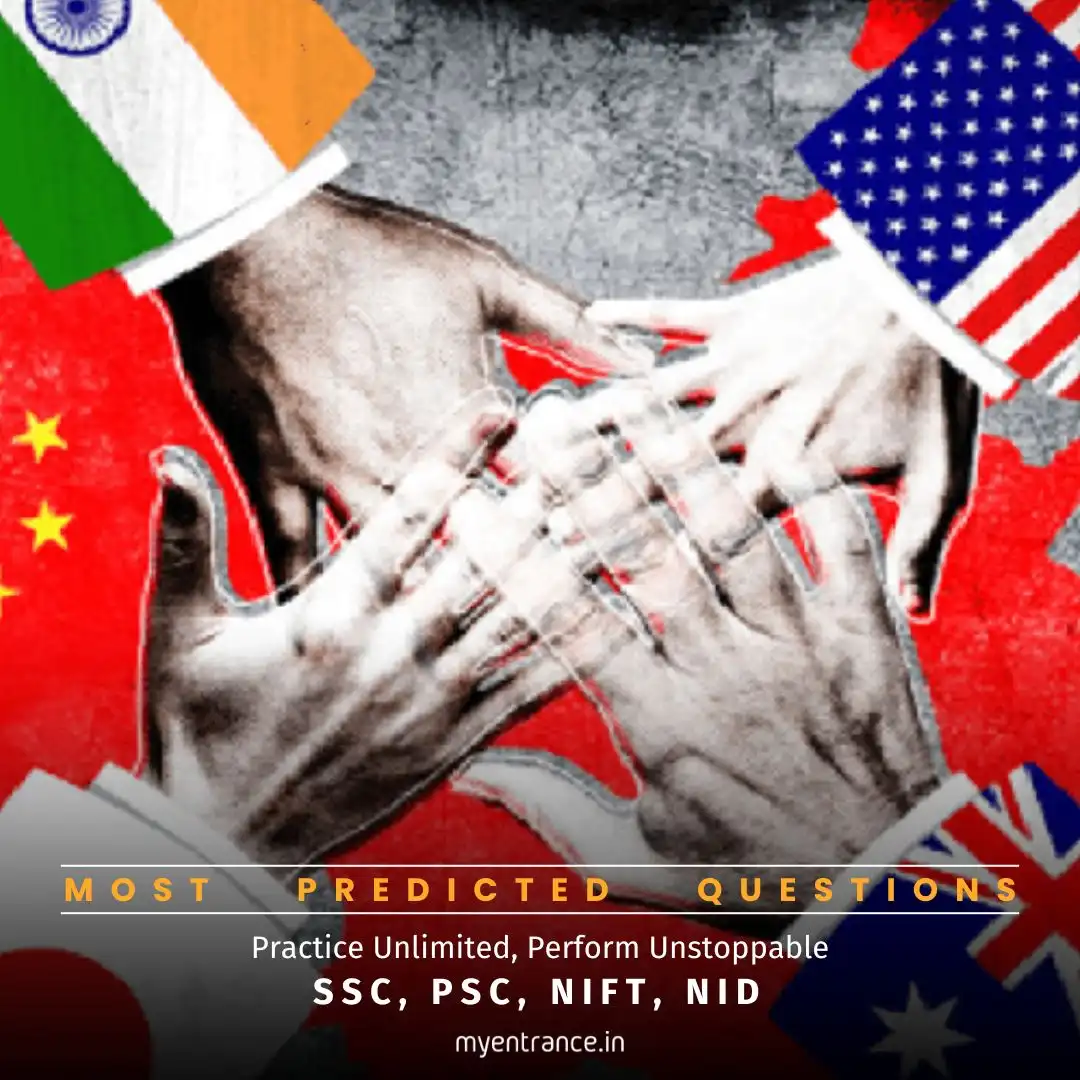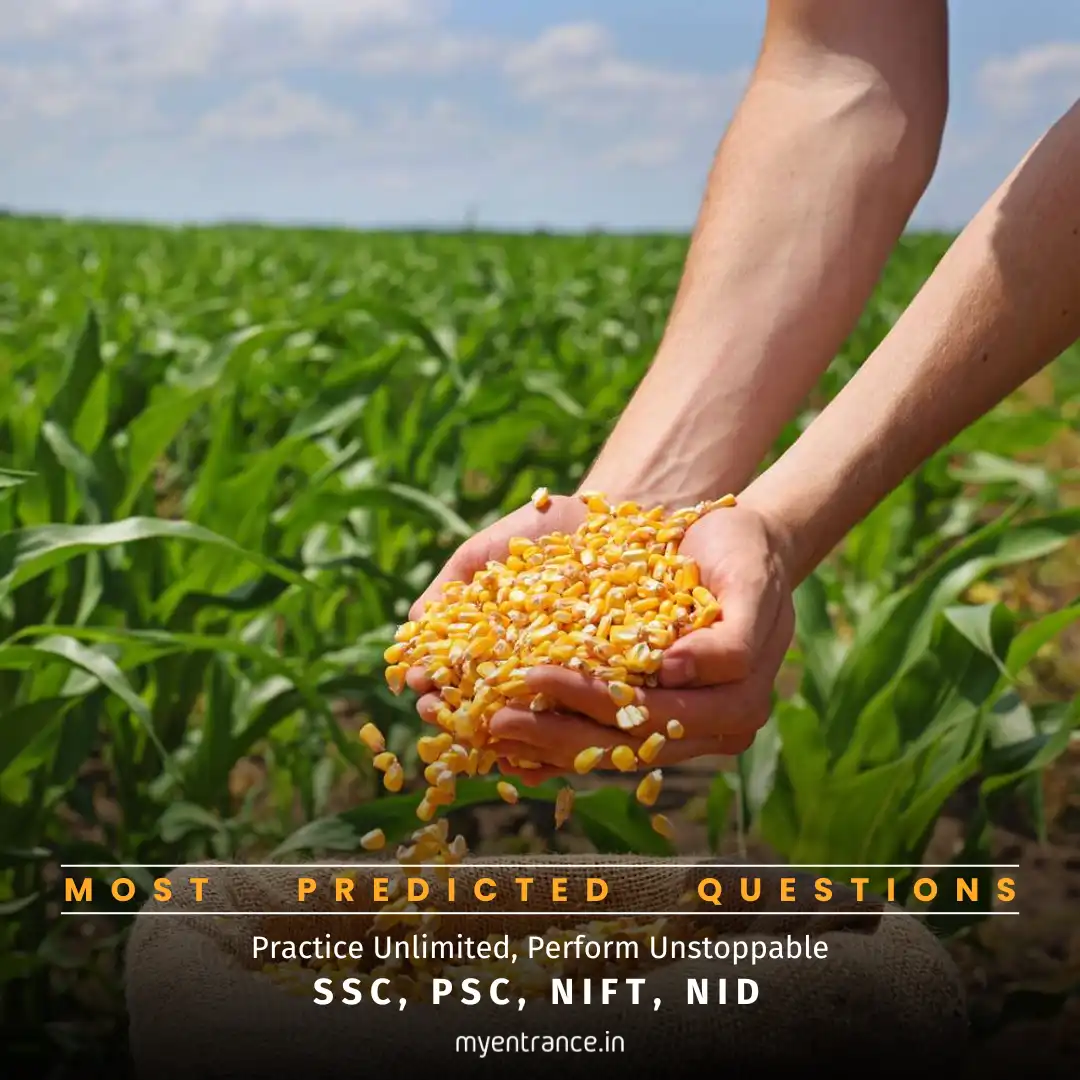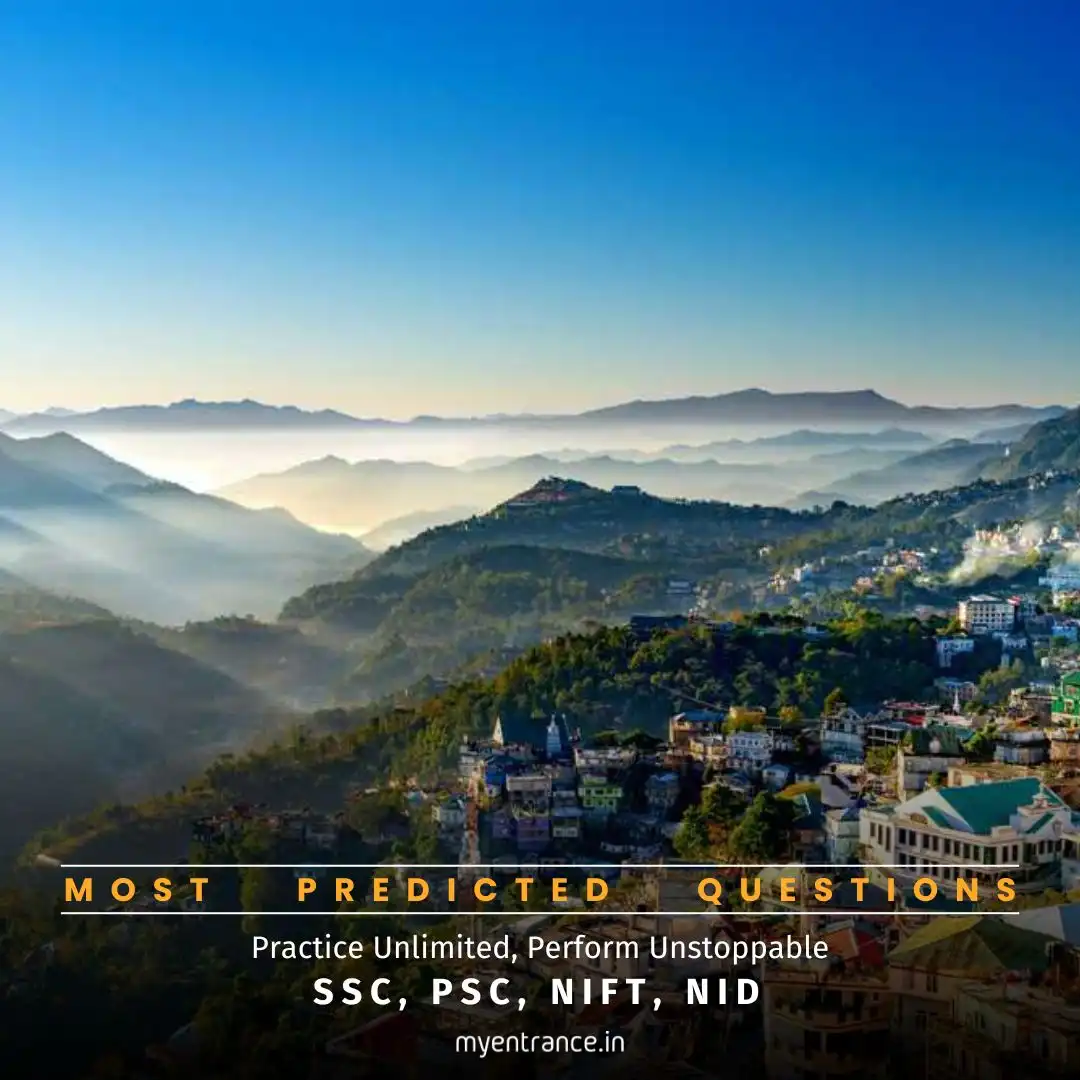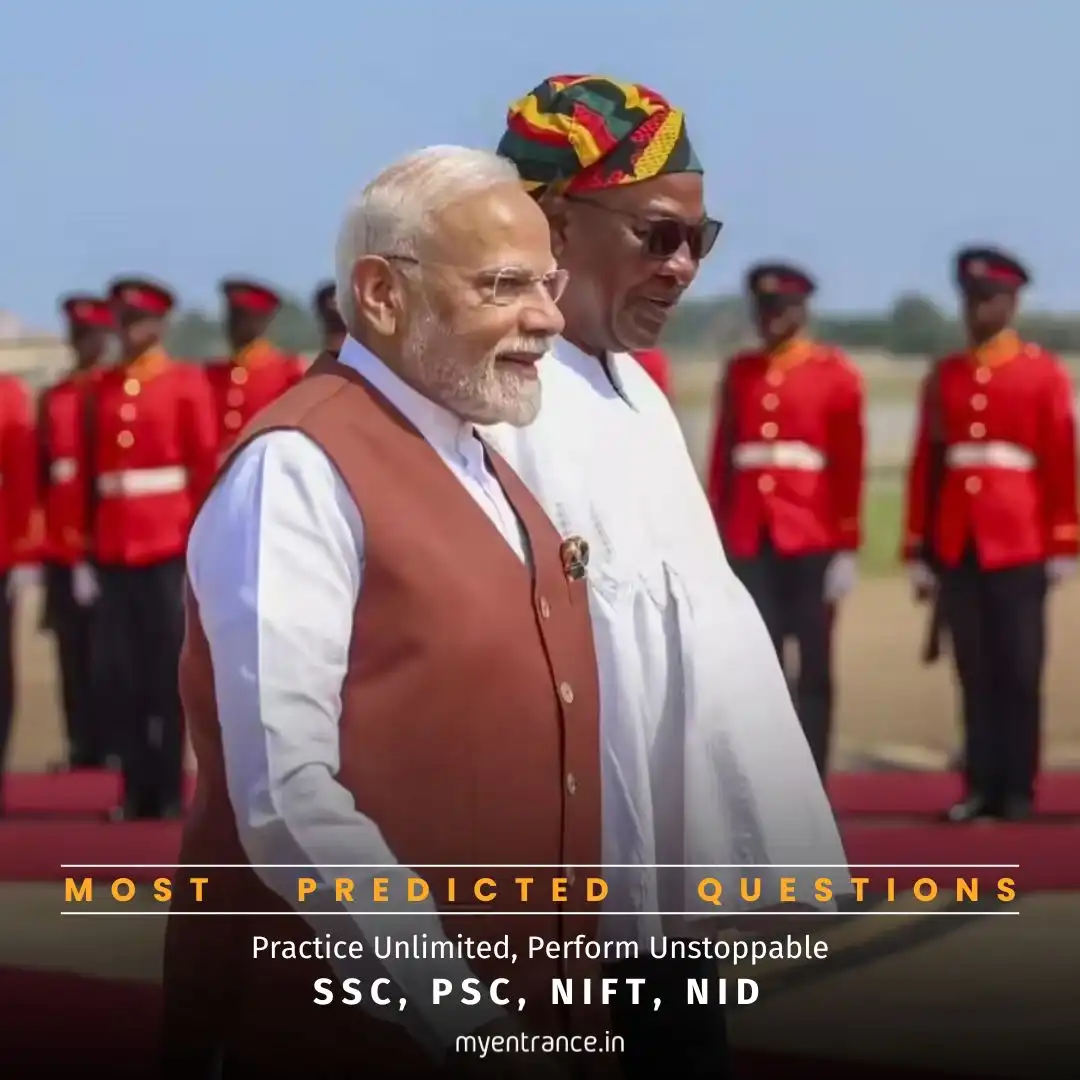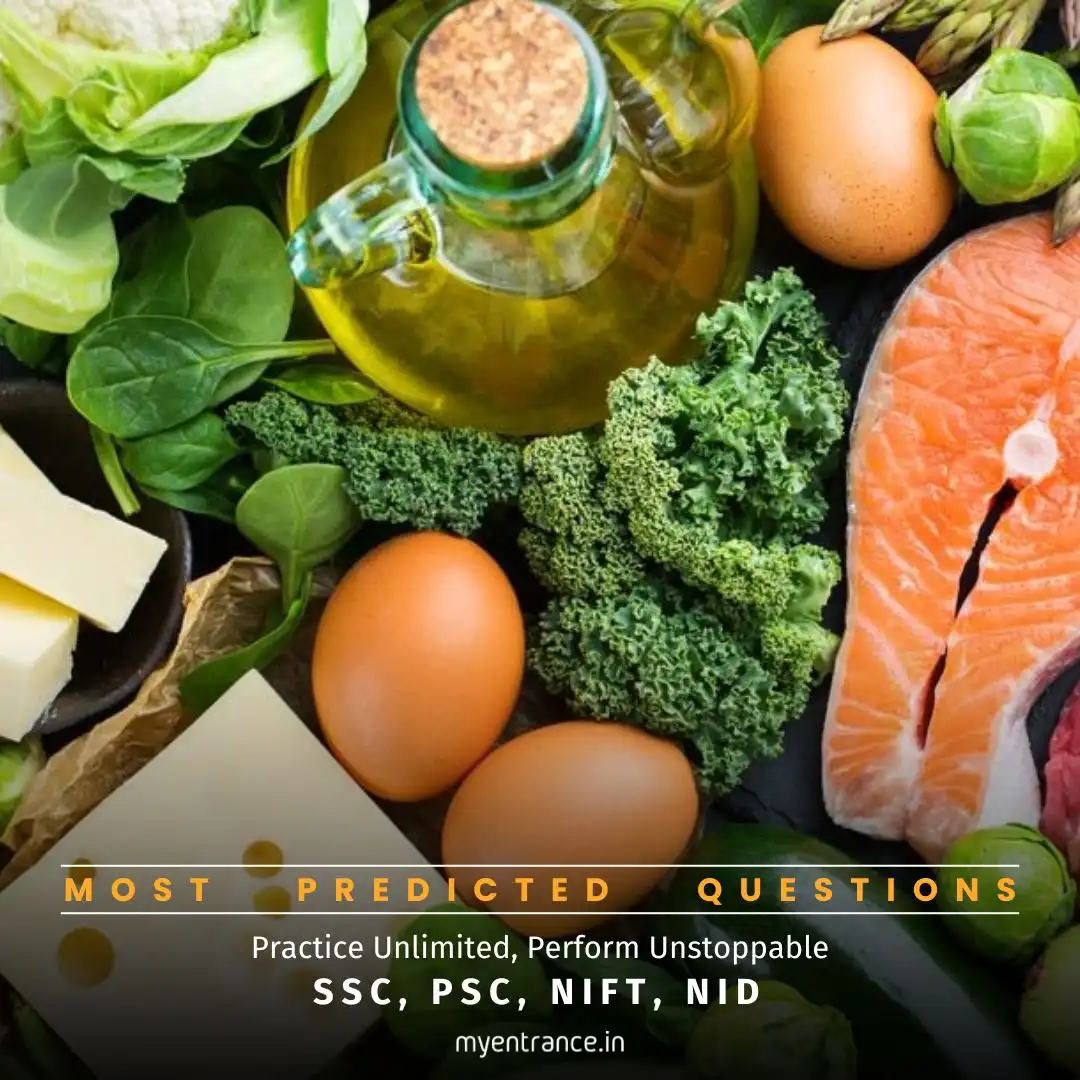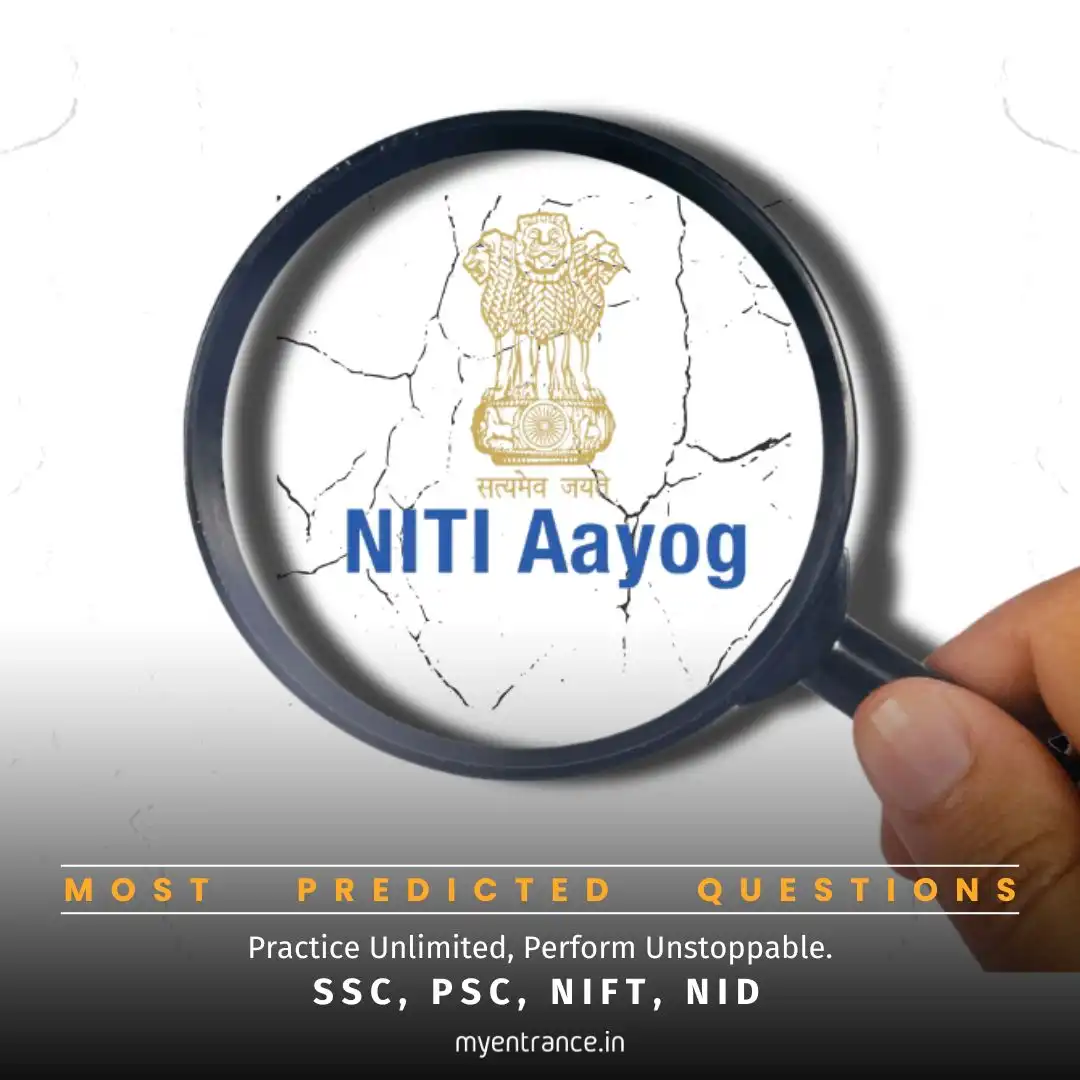Select Language
Is AI Stealing Your Creative Genius? The Copyright Battle Every Exam Aspirant Must Understand
The explosive growth of AI tools like ChatGPT has ignited fierce legal battles over copyright. Recent US court rulings favoring tech giants bring urgent questions about creativity, ownership, and fair use into the spotlight.
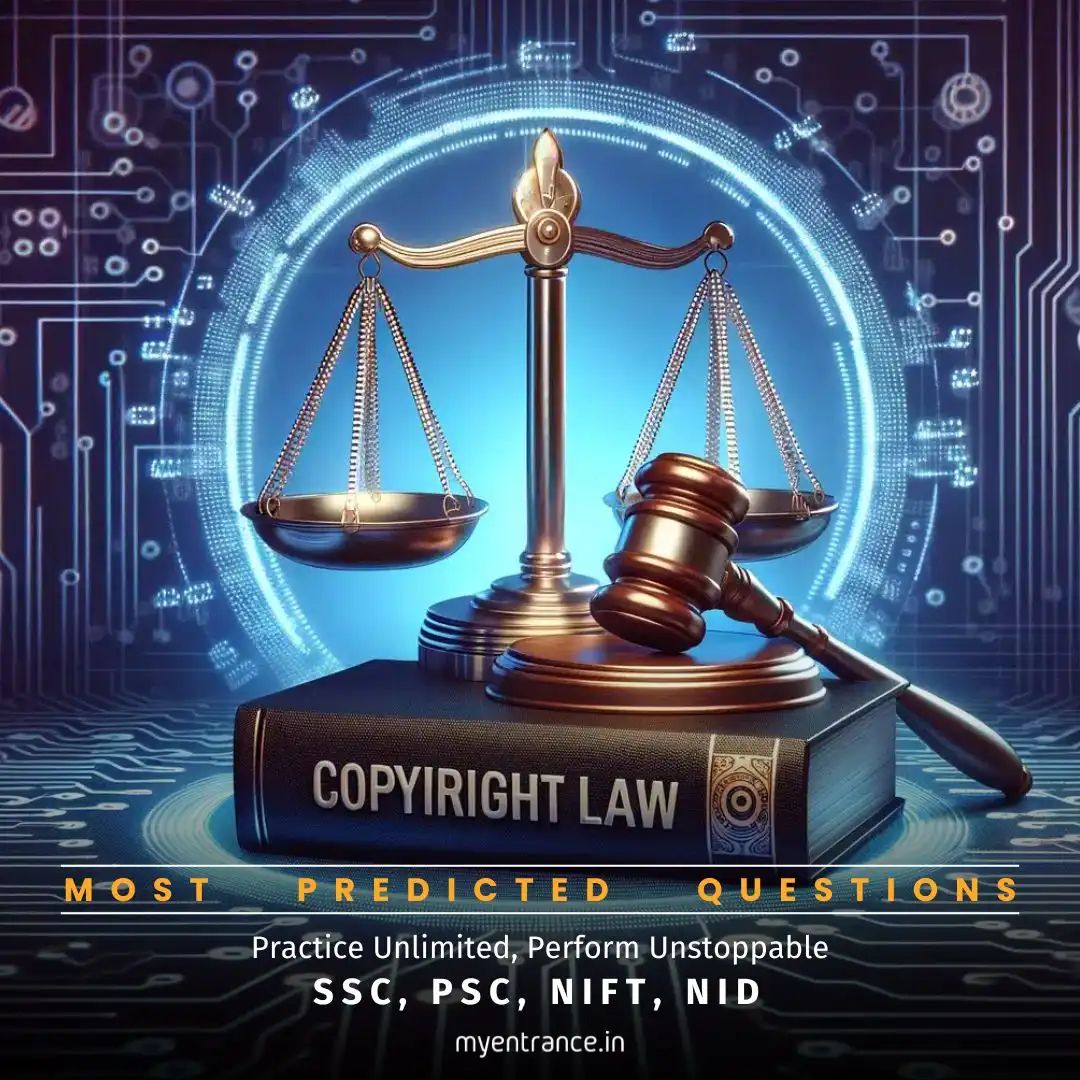
The Core Conflict: AI Training vs. Copyright
Generative AI models (like ChatGPT or Gemini) learn by analyzing massive datasets – books, articles, images, music, and code, often scraped from the public internet. This raises a critical question: Is using copyrighted material without explicit permission to train these AI systems legal, or is it theft?
The Creators’ Stance: Writers, artists, musicians, and publishers argue this is blatant copyright infringement. Their creative work fuels billion-dollar AI systems without consent or compensation. Over 21 lawsuits are currently active in the US alone.
The Tech Companies’ Defense: AI developers claim this falls under “fair use.” They argue AI models are “transformative” – they don’t merely copy the work; they learn patterns to create entirely new outputs, serving a broader public good.
Copyright Law Essentials (Especially for India)
What is Copyright? It’s a legal right granting creators (authors, artists, composers) exclusive control over their original works (literary, artistic, musical, software). This includes rights to reproduce, distribute, adapt, perform, and communicate the work.
Copyright Law in India: Governed by the Copyright Act, 1957.
The creator (“author”) holds the initial rights.
Rights can be assigned (transferred) to others (e.g., publishers) for compensation (Section 18).
Copyright generally lasts for the author’s lifetime + 60 years.
Infringement: Occurs when a “substantial part” is used without permission. Remedies include injunctions (court orders to stop), damages, and account of profits.
Exceptions – Fair Dealing (Section 52): Permits limited use without permission for specific purposes like private study, research, criticism, review, or reporting current events. This is the battleground for AI.
Why AI Poses Unique Copyright Challenges
Massive Scale & Lack of Consent: AI models ingest terabytes of data, often without seeking permission from every copyright holder.
The “Black Box” Problem: It’s often unclear how much or which specific copyrighted work influenced a particular AI output, making infringement hard to trace.
Derivative or Original? Is AI-generated content (based on training data) a derivative work (potentially infringing) or a truly new creation?
Who’s Liable? The AI developer? The user prompting the AI? The AI itself? (Current law doesn’t recognize AI as an author).
The “Transformative” Debate: Does using copyrighted material to train a complex AI model that produces novel outputs qualify as “transformative” fair use? Recent US rulings lean towards yes, but the debate is global and ongoing.
Understanding Large Language Models (LLMs)
LLMs (like GPT-4, Gemini) are the engines behind ChatGPT and similar chatbots. They are sophisticated AI systems trained on colossal amounts of text data. Their core function is to:
Predict the most probable next word in a sequence.
Generate human-like text, translate languages, summarize content, and answer questions based on patterns learned during training – patterns derived from that vast, often copyrighted, dataset.
Who Governs Global Copyright?
World Intellectual Property Organization (WIPO): The primary UN agency dedicated to developing a balanced international IP system, including copyright treaties.
Berne Convention: The key international treaty setting minimum copyright standards, adhered to by most countries, including India. It establishes principles like “national treatment” (foreign works get the same protection as domestic ones).
The Indian Media Angle
Indian digital news publishers are watching the West closely. As major US/UK publishers block AI web crawlers, Indian media houses are pressuring the government to intervene. Their goal: protect journalistic content from being freely “scraped” and used by commercial AI models without permission or payment, safeguarding their revenue and intellectual property.
Why Mastering AI & Copyright is Crucial for Your Exams
This topic isn’t just tech news; it’s vital exam fodder:
UPSC Relevance: Directly covered in Mains GS Paper-III (Awareness in IT & issues relating to intellectual property rights) and Prelims (Current Events of national/international importance).
PSC Exams: State services exams mirror UPSC syllabus, making this essential for state-level administrative aspirants.
SSC: General Awareness sections increasingly feature current tech and legal controversies.
Design Entrances (NID, NIFT, FDDI): Future designers must understand IP rights to protect their own work and navigate the ethical use of AI tools in the creative process.
Holistic Understanding: Tests critical thinking on balancing innovation (AI development) with creator rights, a key governance challenge.
Test Your Knowledge: 5 Sample Q&A
Q: Under the Indian Copyright Act, 1957, what constitutes “fair dealing” as an exception to infringement?
A: Fair dealing permits limited use of copyrighted work without permission for specific purposes like private study, research, criticism, review, or reporting current events (Section 52(1)(a)).
Q: What is the core argument made by tech companies defending their use of copyrighted data to train AI models?
A: They argue it constitutes “transformative use,” falling under “fair use” exceptions, as the AI creates new, original outputs rather than directly copying the source material, serving a broader public interest.
Q: Name the key international treaty administered by WIPO that sets minimum standards for copyright protection, which India is a signatory to.
A: The Berne Convention for the Protection of Literary and Artistic Works.
Q: What major concern are Indian digital media houses raising regarding AI development?
A: They are concerned about the unauthorized “scraping” and use of their journalistic content by commercial AI models without permission or compensation, urging government intervention for protection.
Q: What is the primary function of Large Language Models (LLMs) like those powering ChatGPT?
A: LLMs are trained on massive text datasets to predict the most probable next word in a sequence, enabling them to generate human-like text, translate, summarize, and answer questions based on learned patterns.
Get 3 Months Free Access for SSC, PSC, NIFT & NID
Boost your exam prep!
Use offer code WELCOME28 to get 3 months free subscription. Start preparing today!

